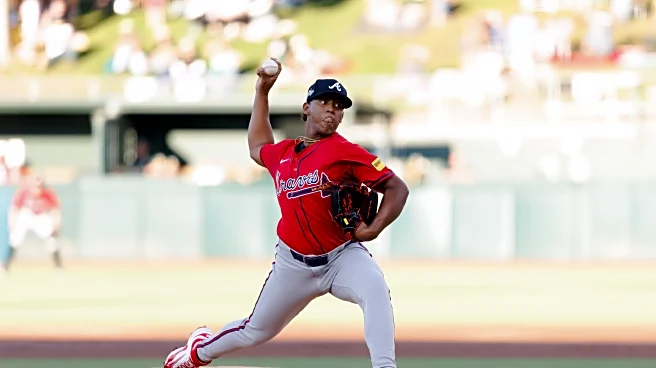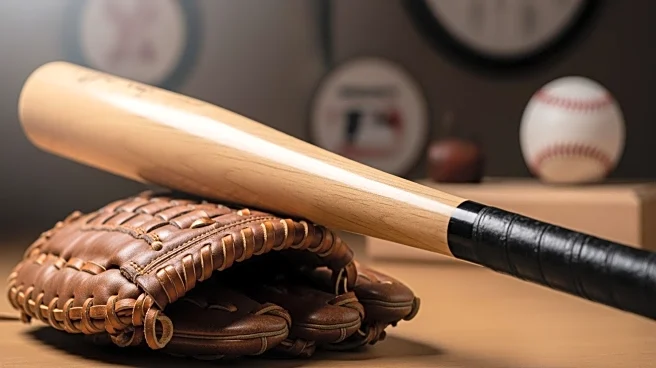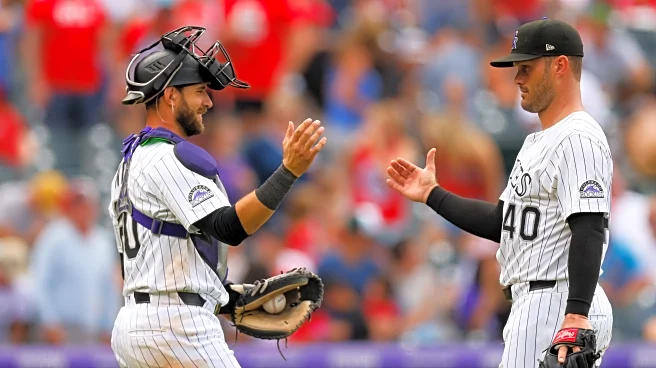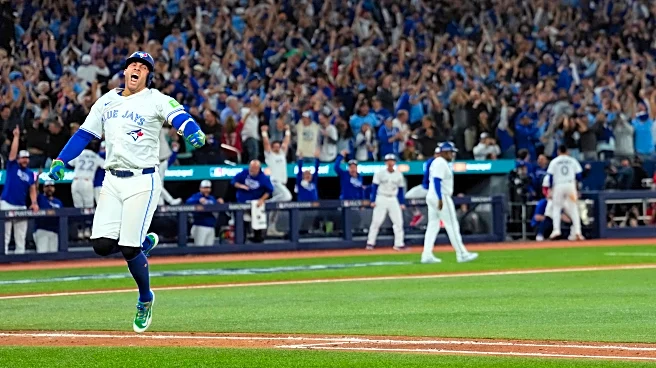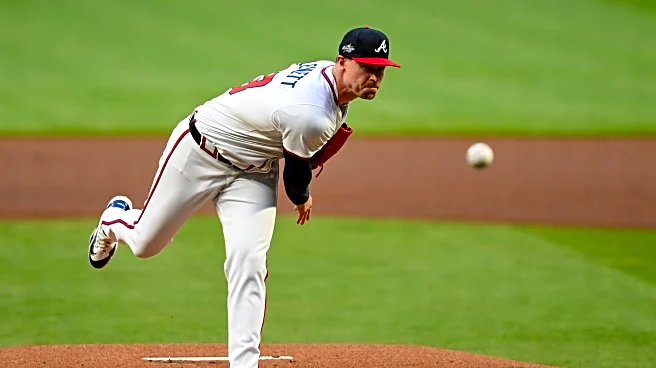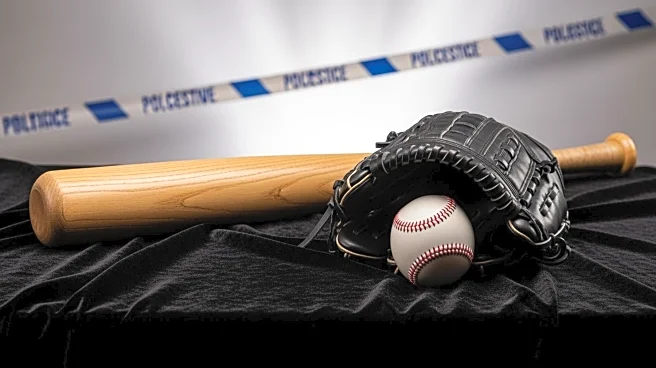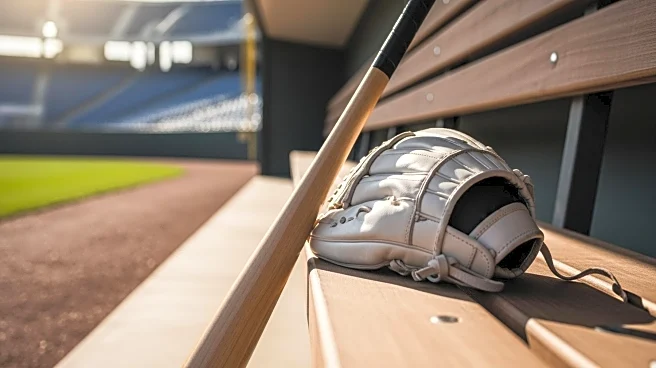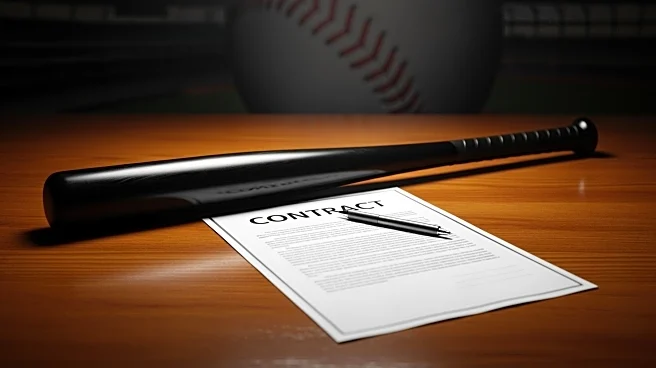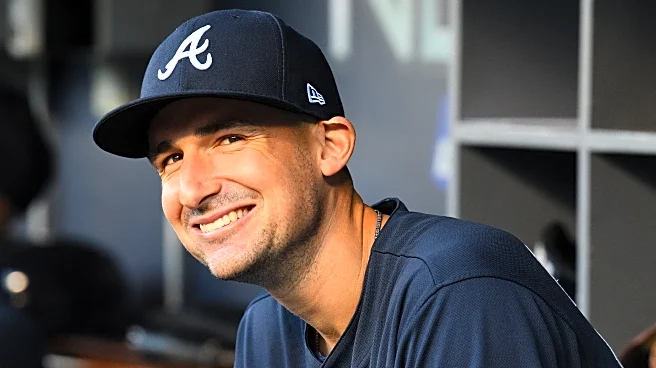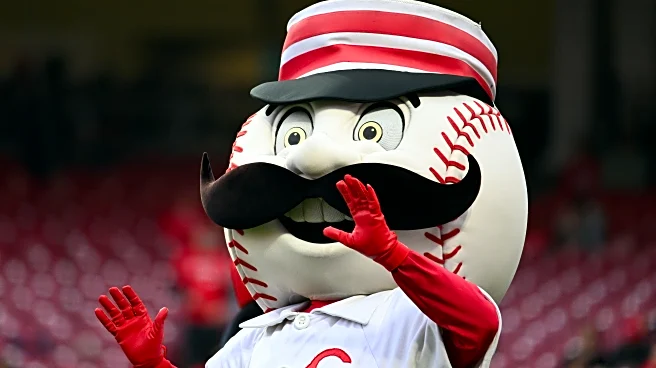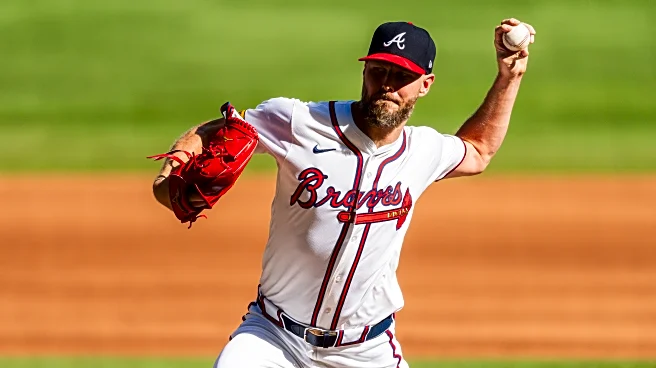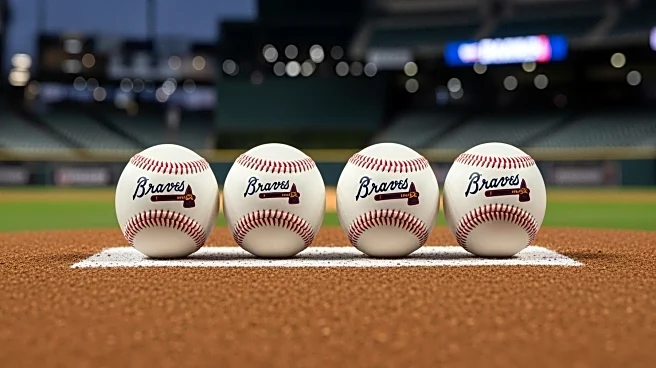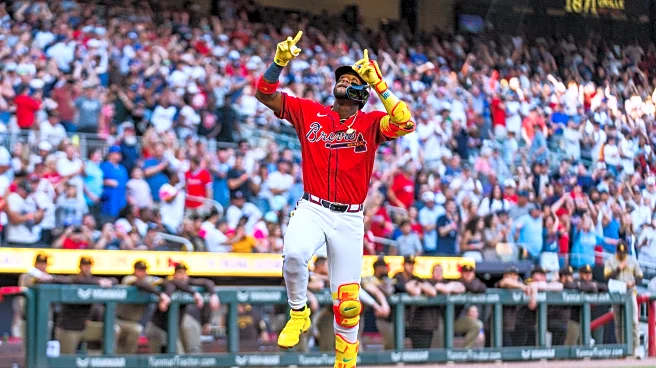Coming into the year, Didier Fuentes was mostly on potential breakout prospect lists, appearing near the back of a top ten or two, but he wasn’t terribly well-known nationally. By the end of the year, he had made it through three minor league levels and made his major league debut. Those four big league appearances … didn’t go very well. But did I tell you that he just turned 20 in June?
How acquired
The right-handed pitcher was signed for a whopping $75,000 during the international signing period in 2022. There
wasn’t a lot of fanfare.
What were the expectations?
Fuentes really started his breakout in 2024 while somewhat repeating Low-A. He dominated, but the Braves organization took it slowly with him, letting him pitch all of his 75 innings that season there.
Heading into the year, I imagine the organization really just wanted a healthy, successful season that was mostly at High-A and a few appearances at Double-A. He was 19 when the season started, so no one had any real big ideas. He wasn’t projected to be useful in the majors, because, well, he was going to be a 20-year-old who hadn’t pitched above A-ball yet.
2025 results
If you were just looking at ERAs for some unknown reason, you’d be underwhelmed. They were 5.54, 4.98, and 3.63 at various minor league stops before his … *checks notes a couple of times* … 13.85 ERA in MLB action. The peripherals, however, were much better.
His strikeout rates were all about 30 percent in the minors, with the exception of Double-A where it was 25 percent. His walk rates didn’t balloon, either.
All of this unraveled a bit in the majors, which shouldn’t be surprising. Pushed into action because I think literally every Braves starter got hurt at some point in the season, Fuentes likely (and retrospectively, almost definitively) wasn’t ready for his debut, but he got it anyway. All in all, it wasn’t really that bad, especially considering his age and the situation. His strikeout and walk rates were about 17 and nine percent, respectively. The groundball rate ended up atrocious at around 27 percent, and the HR/FB rate was about the same (yikes).
But again, none of that was too horrible considering everything. His xFIP for his major league time was 5.74, so it at least wasn’t quite as bad as that ERA. He now has that experience, and he’ll head back to Triple-A next season and get a few more chances to crack the major league roster.
All-in-all, Fuentes finished with a really bad 327/223/138 line (ERA-/FIP-/xFIP-), which saddled his career with -0.5 fWAR to start. Out of his four starts, only one ended up with good peripherals, but he only lasted 3 2/3 innings. That performance likely earned him his final MLB start of 2025, which really brutalized his line, as he got just three outs while allowing three homers to the Athletics in Sacramento.
What went right?
In the majors, all we can really say is that the Braves won Fuentes’ best start, 8-3 over the Angels. Fuentes had a nice 6/3 K/BB ratio, though he only lasted for 11 outs.
In the minors leading up to his promotion, the fastball kept ticking up, and the rest of the arsenal refined. The spin/movement on the fastball continued to be an asset, and with the improvement of everything else, he kept striking out a lot of guys while not walking a lot of them. That’s usually a recipe for success.
And he just kept doing it all the way up the ladder … until …
What went wrong?
… he got to the majors. Four levels is a lot to jump in one season of baseball, and pitching in the majors at 19-20 years old is hard to do. There’s usually a lot of development still to come, and the additional repetitions, and insights internalized from them, help guide young players.
So he got to the majors, and he couldn’t strike out as many guys along with walking too many. That’s usually a recipe for disaster. What makes it worse is that his grounder rate would have been the worst in MLB for qualified starters … if he had pitched enough to qualify. That combination just isn’t tenable.
What might also be concerning is that his results were always worse than his peripherals at each level. The sample size of each level is tiny, so we can’t make too much of it. But it might indicate his location isn’t quite as good as it needs to be, for example, to really get hitters out on a consistent basis at this point. Or that his struggles tend to come in bunches, or that he has focus issues when the game state gets more threatening that are usually sanded away by the time a big league promotion happens. There’s no real way to know. I’m not saying forever, but the Braves may have pushed him along too fast by mostly focusing on the peripherals. It’s hard to say, and I’m not worried moving forward.
That last start in the majors, though, was absolutely brutal. He was greeted with an inside-the-park homer, hit a batter, gave up another homer, and walked a guy. Then, after two outs, he gave up a third homer. Already down 5-0 with little to lose, the Braves left him out to start the second, but pulled him after the first three batters all reached base.
2026 outlook
Fuentes needs more time at Triple-A, and unless there’s another plague of injuries, I expect him to start there next season. My guess is that the Braves would like for him to make 15-20 starts there and dominate before bringing him back up again.
Getting to the majors in 2025 was a major accomplishment, and Fuentes has a bright future. No one is going to really care about what he did in four starts 2025, and honestly, it’s not the worst thing if he doesn’t pitch there in 2026.
Chances are that Atlanta goes with a rotation of Chris Sale, Spencer Strider, Reynaldo Lopez, Hurston Waldrep, and [insert acquisition here] to start 2026, and with Grant Holmes, Spencer Schwellenbach, and AJ Smith-Shawver due back sometime during the season, our young friend hopefully won’t need to make an appearance. Hopefully, he’ll force one.
